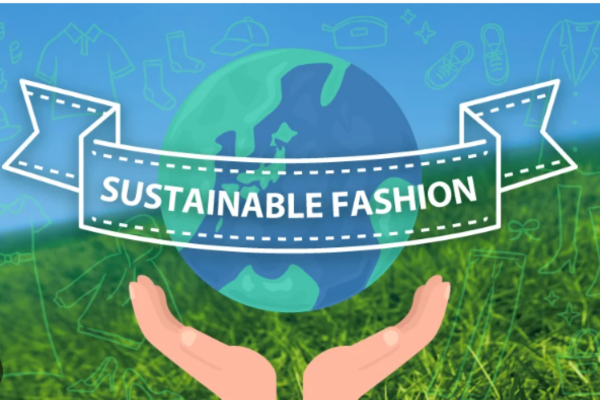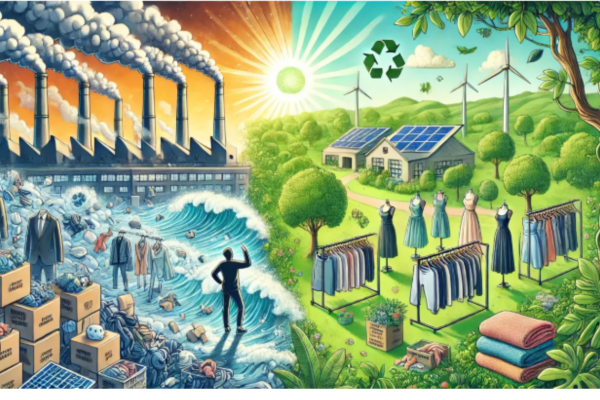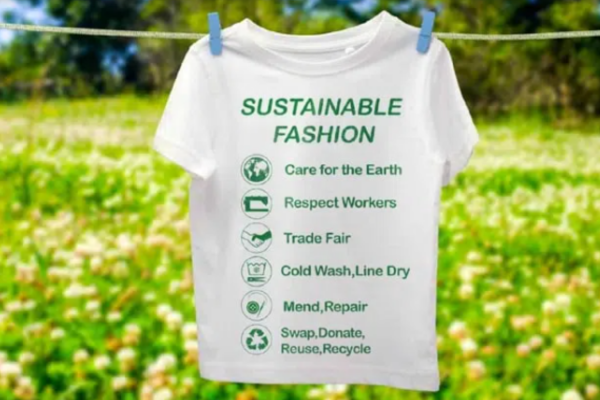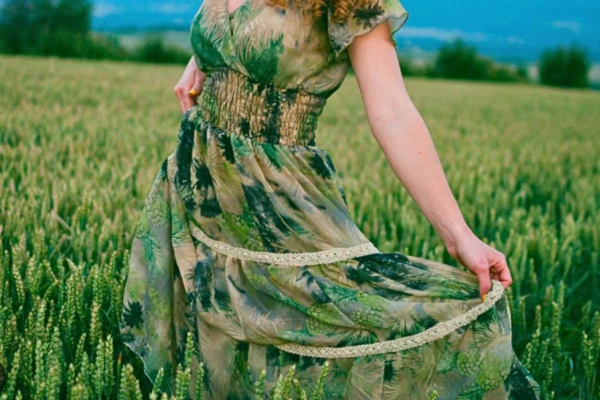In a world increasingly aware of environmental and ethical issues, sustainable fashion has emerged as a crucial movement aimed at reducing the negative impacts of the clothing industry. This guide will take you through the essentials of eco-friendly fashion, exploring why it matters, how you can make mindful choices, and which brands are leading the way in sustainability. Whether you’re a fashion enthusiast or someone looking to make more conscious lifestyle choices, this guide is designed to help you embrace a more sustainable and stylish wardrobe.
Table of Contents
The Importance of Sustainable Fashion
In today’s fast-paced world, the fashion industry stands as one of the largest contributors to environmental degradation and unethical labor practices. Sustainable fashion aims to address these concerns by promoting clothing and accessories that respect the planet and its inhabitants. But why does sustainable fashion matter so much?

Firstly, the fashion industry is notorious for its massive carbon footprint, water consumption, and waste. Traditional textile production relies heavily on non-renewable resources, leading to deforestation, water pollution, and greenhouse gas emissions. By embracing sustainable fashion, we can significantly reduce these environmental impacts.
Secondly, ethical labor practices are at the core of sustainable fashion. The industry often involves exploitative working conditions, including low wages and unsafe environments. Supporting sustainable fashion encourages fair trade and ensures that workers’ rights are respected.
Lastly, sustainable fashion promotes the idea of “slow fashion”—a stark contrast to the “fast fashion” model that emphasizes rapid production and disposable clothing. Slow fashion encourages mindful consumption, quality over quantity, and a deeper appreciation for the craftsmanship behind each piece.
Tips to Make Eco-Friendly Fashion Choices
Embarking on a journey toward sustainable fashion can seem overwhelming, but it doesn’t have to be. Here are some practical tips to help you make more eco-friendly fashion choices:
- Invest in long-lasting, high-quality pieces by choosing quality over quantity. A well-made garment may be more expensive initially, but it will often outlast multiple cheaper items.
- Opt for Natural and Organic Fibres: Materials like organic cotton, linen, hemp, and bamboo are eco-friendlier options compared to synthetic fibres like polyester and nylon, which are derived from petroleum.
- Support ethical brands: Look for brands that prioritize sustainability and transparency in their production processes. Certifications such as Fair Trade, Global Organic Textile Standard (GOTS), and OEKO-TEX can guide your choices.
- Buy Secondhand and Vintage: Thrift shopping and buying vintage clothing not only give items a second life but also reduce demand for new clothing production. Plus, you can find unique and timeless pieces.
- Care for Your Clothes Properly: Extend the life of your clothes by following proper care instructions. Wash less frequently, use cold water, line dry instead of using a dryer, and repair items instead of discarding them.
- Practice mindful consumption: Before making a purchase, ask yourself if the item is something you truly need and will wear often. Avoid impulse buying and focus on building a versatile and functional wardrobe.
- Embrace DIY and Upcycling: Get creative and give old clothes a new life through DIY projects or upcycling. This can be a fun and rewarding way to personalize your wardrobe while reducing waste.

Brands That Focus on Sustainability
Several brands are leading the way in sustainable fashion. Here are a few standout examples worth exploring:
- Patagonia: Known for its environmental activism and commitment to sustainability, Patagonia uses recycled materials, has fair labor practices, and even encourages customers to repair and recycle their products.
- Eileen Fisher: This brand focuses on simplicity, quality, and sustainability. They use organic and recycled materials, support fair trade, and have a take-back program to recycle old Eileen Fisher garments.
- Reformation: Reformation combines trendy designs with sustainable practices. They use eco-friendly materials, have transparent supply chains, and prioritize energy-efficient operations.
- Stella McCartney: A pioneer in sustainable luxury fashion, Stella McCartney is committed to using cruelty-free, vegan materials and promoting ethical practices throughout their supply chain.
- People Tree: An advocate for fair trade and sustainable fashion, People Tree uses organic cotton, recycled materials, and traditional artisan skills to create their collections.
- Everlane: Everlane is known for its “radical transparency,” providing detailed information about their factories, costs, and sustainable practices. They focus on creating timeless, durable pieces.
- Allbirds: Specializing in footwear, Allbirds uses natural materials like Merino wool and eucalyptus. They are dedicated to low-impact manufacturing and continuously improving sustainability.

Conclusion
Sustainable fashion is not just a trend but a necessary shift toward a more responsible and conscious way of consuming clothing. It empowers us to make choices that benefit the planet, support ethical labor practices, and foster a deeper appreciation for the clothes we wear. By choosing quality over quantity, supporting ethical brands, and embracing mindful consumption, each of us can contribute to a more sustainable future.
Embark on your sustainable fashion journey today, and remember that every small step counts in making a positive impact on our world.
References
https://www.vogue.in/fashion/content/vogues-ultimate-guide-to-sustainable-fashion
https://www.fashionretailacademy.ac.uk/news/the-complete-guide-to-sustainable-fashion


1 thought on “Your Ultimate Guide to Sustainable Fashion”